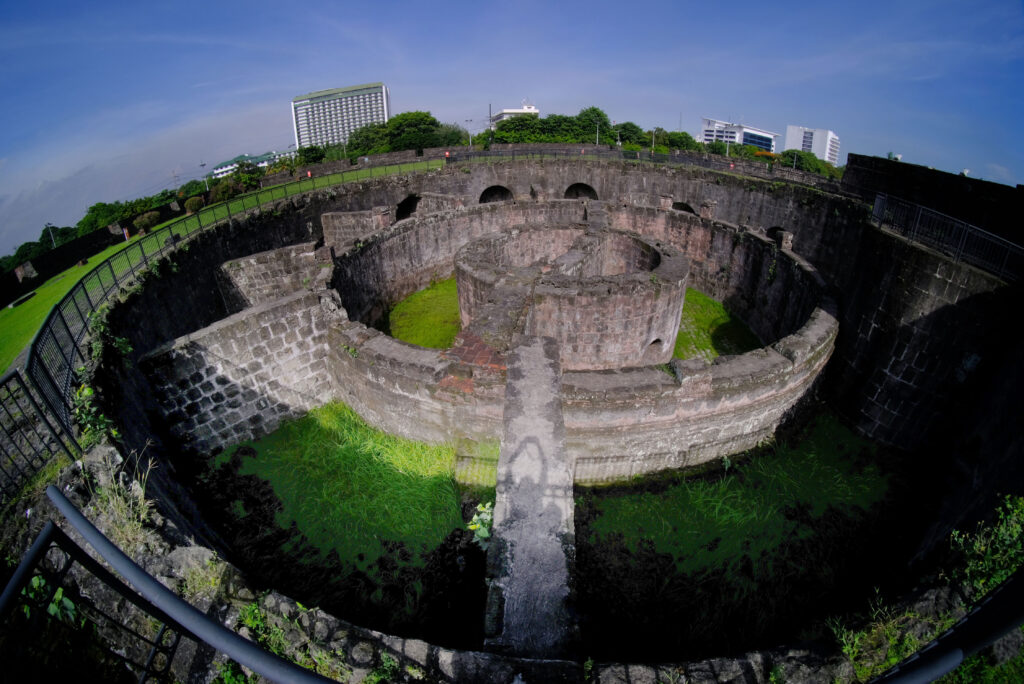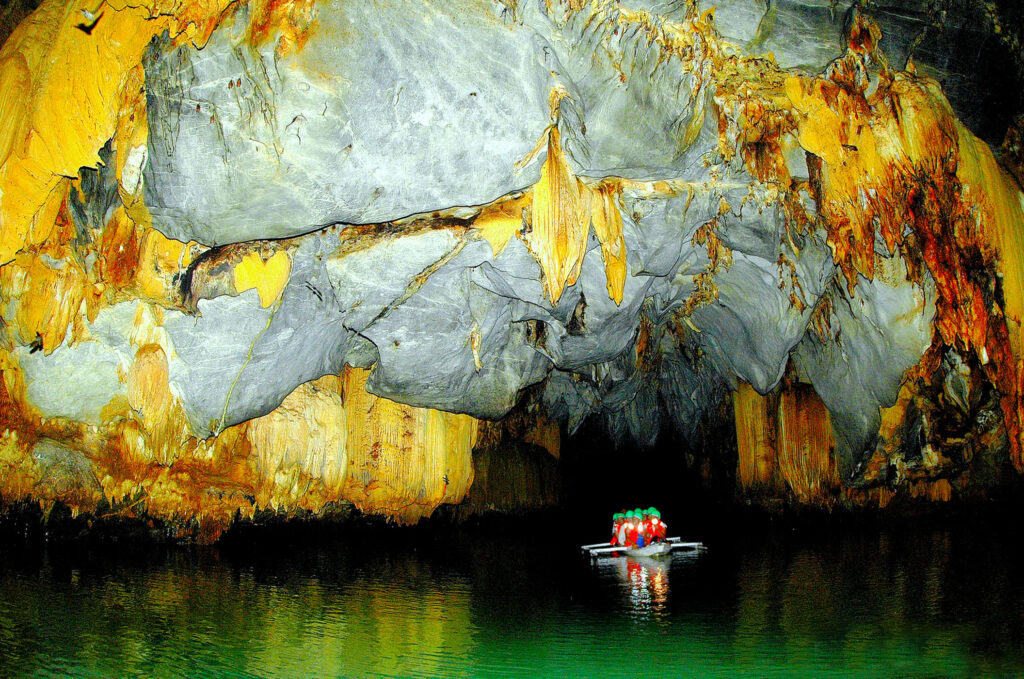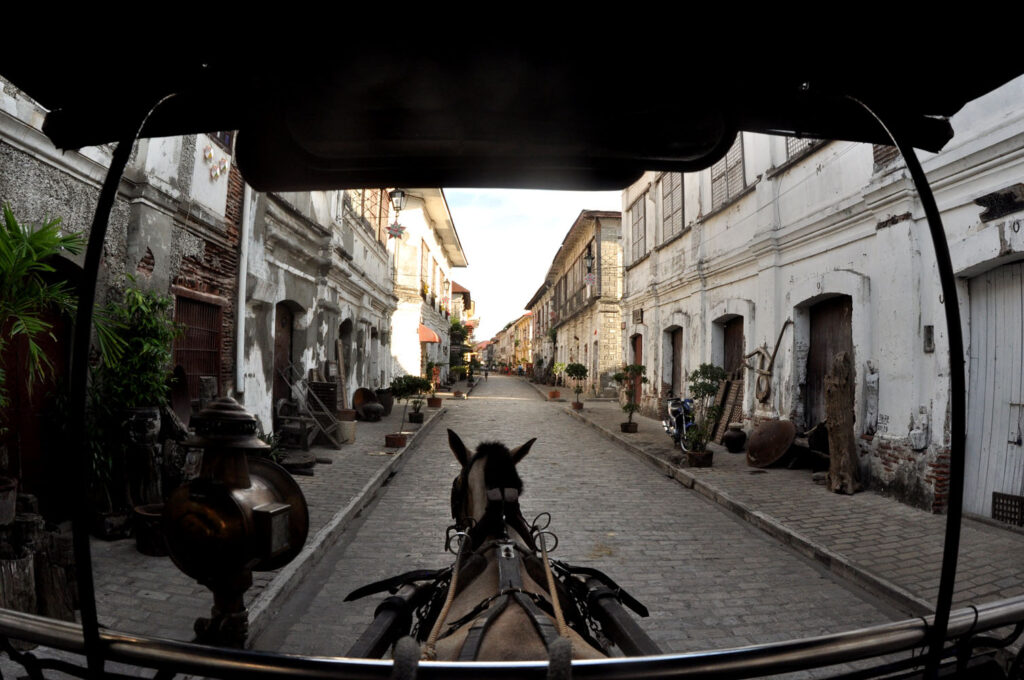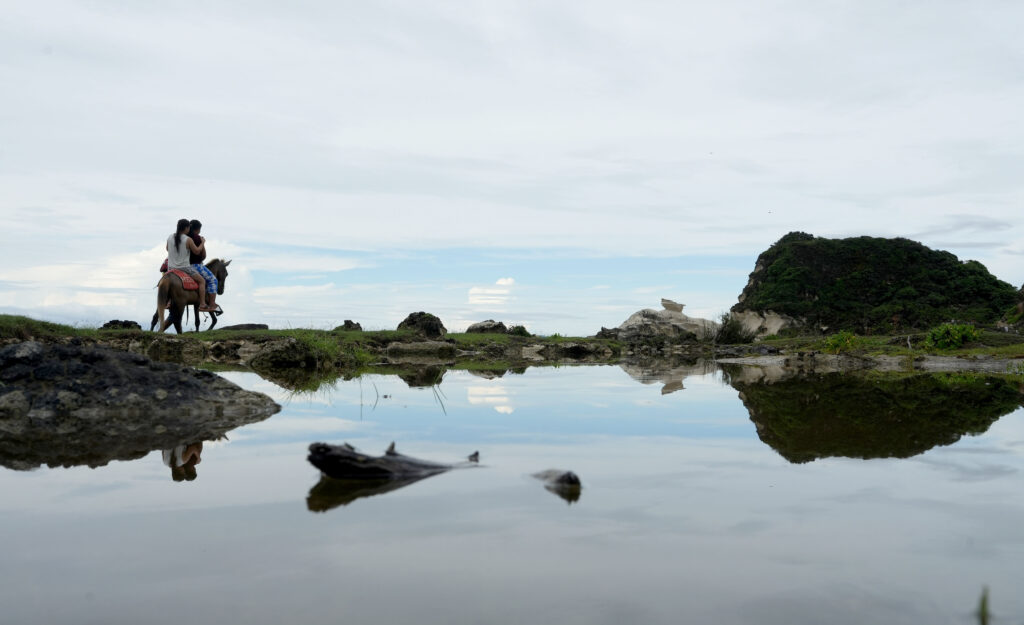Text by Henrylito D. Tacio
Photos by Rhoy T. Cobilla
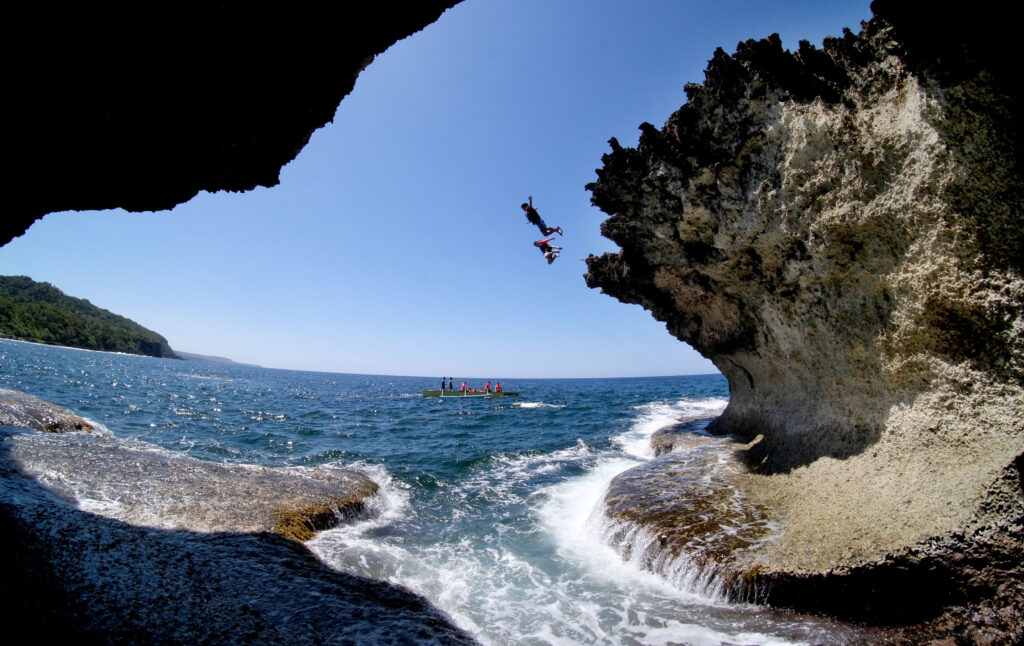
“Nuestro perdido Edén,” wrote national hero Jose P. Rizal. “The pearl of the Orient Seas,” hailed some historical scribes. “The second-largest archipelago in the world,” writes The Lonely Planet, which also described the country as “one of the great treasures of Southeast Asia.”
Welcome to the Philippines, the beloved native land of Filipinos. “Often overlooked by travelers because of its location on the ‘wrong’ side of the South China Sea, the Philippines rewards those who go the extra distance to reach it,” states The Lonely Planet. “And because it’s off the beaten path, the Philippines is a great place to escape the hordes who descend on other parts of Southeast Asia.”
An old adage, repeated in Michael Palin’s Full Circle (1997), described the country in these words: “Three hundred years in the convent, fifty years in Hollywood.”
With 7,107 islands, the Philippines has one of the longest coastlines in the world. In fact, its total length of coastlines (36,289 kilometers) is almost twice that of the United States. The country “is believed to have both the third largest reef area and the most diverse coral reefs in the world, containing nearly 1,800 species of reef fish.”
More than that, the Philippines is a country like no other. “The Philippines is unique amongst its neighbors. A devoutly Christian country, it has melded conservative ‘Old World’ influences with ‘New World’ trends, without losing its most ancient traditions,” wrote Lindsay Bennett in globetrotter island guide, Philippines.
The phrase “life is a beach” must have been created for the Philippines. From the windy seas of Batanes to the enthralling isles of Palawan, life’s truly a beach in the country. Boracay in Panay Island is known globally as one of the world’s finest beaches. Siargao’s Cloud Nine in Mindanao is said to be among the best surfing sites in the world.
Then, there’s the Dolomite Beach, an artificial beach along Manila Bay which was created through the process of beach nourishment, a common practice in the creation of beaches around the world. This project of the Department of Environment and Natural Resources dumped two layers of ordinary sand before overlaying it with crushed dolomite.
The Philippine Deep or the Mindanao Trench is the world’s second deepest spot underwater as it is about 34,440 feet (10,497 meters) below sea level. Marianas Trench (11,000 meters below the sea level) holds the record.
The Tubbataha Reefs is considered as the world’s richest bio-geographic area. In fact, it was declared by the United Nations Educational, Scientific, and Cultural Organization as a World Heritage Site. The two atolls are located 92 nautical miles southeast of Puerto Princesa City covering 33,200 hectares and contains what is believed to be the world’s largest grouping of marine life per unit area.
Mindanao is home to two of the breathtaking waterfalls. Aliwagwag Falls, in Cateel, Davao Oriental, is the country’s highest waterfall. Actually, it is a multi-tiered waterfall; it encompasses 84 steps ranging 6-10 feet, and the combined height is 1,110 feet.
Maria Cristina Falls is one of those tourist attractions in the country listed in the pages of the Sibika and Kultura books. Located in Iligan City, it stands 321.5 feet, making it the country’s second highest waterfall. Some people called it “twin falls”as the flow is separated by a rock at the brink of the waterfalls.
The Philippines is home to some of the world’s unique tourist attractions. The Saint Paul Subterranean River, which stretches 8.2 kilometers in length, is among the world’s longest underground rivers. Palawan is also noted for its towering limestone cliffs found in El Nido.
Nature has its own ability to craft stunning masterpieces over time. The Kapurpurawan Rock Formation in Ilocos Norte is a living testament to that. It is located right next to another popular tourist attraction, the Bangui Wind Farm.
The Hundred Islands – totaling 124 at low tide and one less at high tide – are spread throughout Lingayen Gulf. This protected area located in Alaminos, Pangasinan, covers an area of 16.76 square kilometers. The islands are believed to be about two million years old.
Bohol’s Chocolate Hills – a rolling landscape of 1,700 small, rounded mounds – have been protected as a National Geological Monument. The hills were reportedly formed by the uplift of an old coral reef that has been eroded and softened by wind and rain.
Mayon Volcano in Albay has the distinction of having the world’s most perfect cone. Upon seeing the Bicol landmark in 1903, distinguished British traveler-writer A. Henry Savage Landor wrote: “Mayon is the most beautiful mountain I have ever seen, the world-renowned Fujiyama (Mt. Fuji) of Japan sinking into perfect insignificance by comparison.”
Another global record: Taal Volcano, a 406-meter-high crater, is said to be the world’s smallest volcano. It is described as “a crater within an island within a lake” because it stands as an island at Taal Lake. The lake was formed after the volcano, which used to be much larger, collapsed.
The Banaue Rice Terraces, dubbed as the “Eighth Wonder of the World,” is about 13,400 miles long – or about half the globe’s circumference and ten times the length of the Great Wall of China.
For history fanatics, the Philippines is not far behind. Fort Santiago, a historical fortress located in Intramuros built by the Spaniards in 1571, was constructed on the site of the former Muslim kingdom ruled by Rajah Sulayman.
Vigan City is a historic UNESCO World Heritage Site in Ilocos Sur. It is known for Calle Crisologo, a preserved street whose grounds and pavements are made of cobblestones. Both sides are lined with ancestral houses that are reminiscent of old Spanish towns.
The Philippines is home to some of the world’s most unique wildlife species. Its waters are home to the world’s smallest fish. The dwarf goby (Pandaka pygmaea) measures 1.2 centimeters or less than half of an inch, the tiniest known vertebrate. The world’s smallest commercial fish, however, is “sinarapan” (Mistichthys luzonensis) which grows to an average length of 1.25 centimeters.
In July 1995, then President Fidel V. Ramos signed Proclamation No. 615 naming the Philippine eagle as the country’s national bird. He said that the bird is found only in the Philippines and as such it should be a source of national pride.
The Philippines is not known for the vehicles it assembles. But it is famous for its jeepneys, which were originally made from US military jeeps left over from World War II. So famous are jeepneys that when Hollywood star Vin Diesel came to the Philippines, he was spotted riding a jeepney and strolling in Bonifacio High Street in Taguig.
“What’s still most impressive to me about the Philippines is the friendliness of the people, their sense of humor…,” wrote Honolulu journalist John Griffin in a 1998 visit to Manila.
This is what The Lonely Planet said: “Throughout the archipelago you’ll find people are friendly and curious, wanting to know where you’re from – often shouting out their guess at where you’re from – and where you’re heading. At times when you’re not feeling in the best mood yourself, for example when you and 25 others are squashed in the back of a jeepney built for 10, if you glance around you’ll always find lots of smiles and laughter that will instantly lighten your mood.”
Now, imagine a world without the Philippines! – ###
